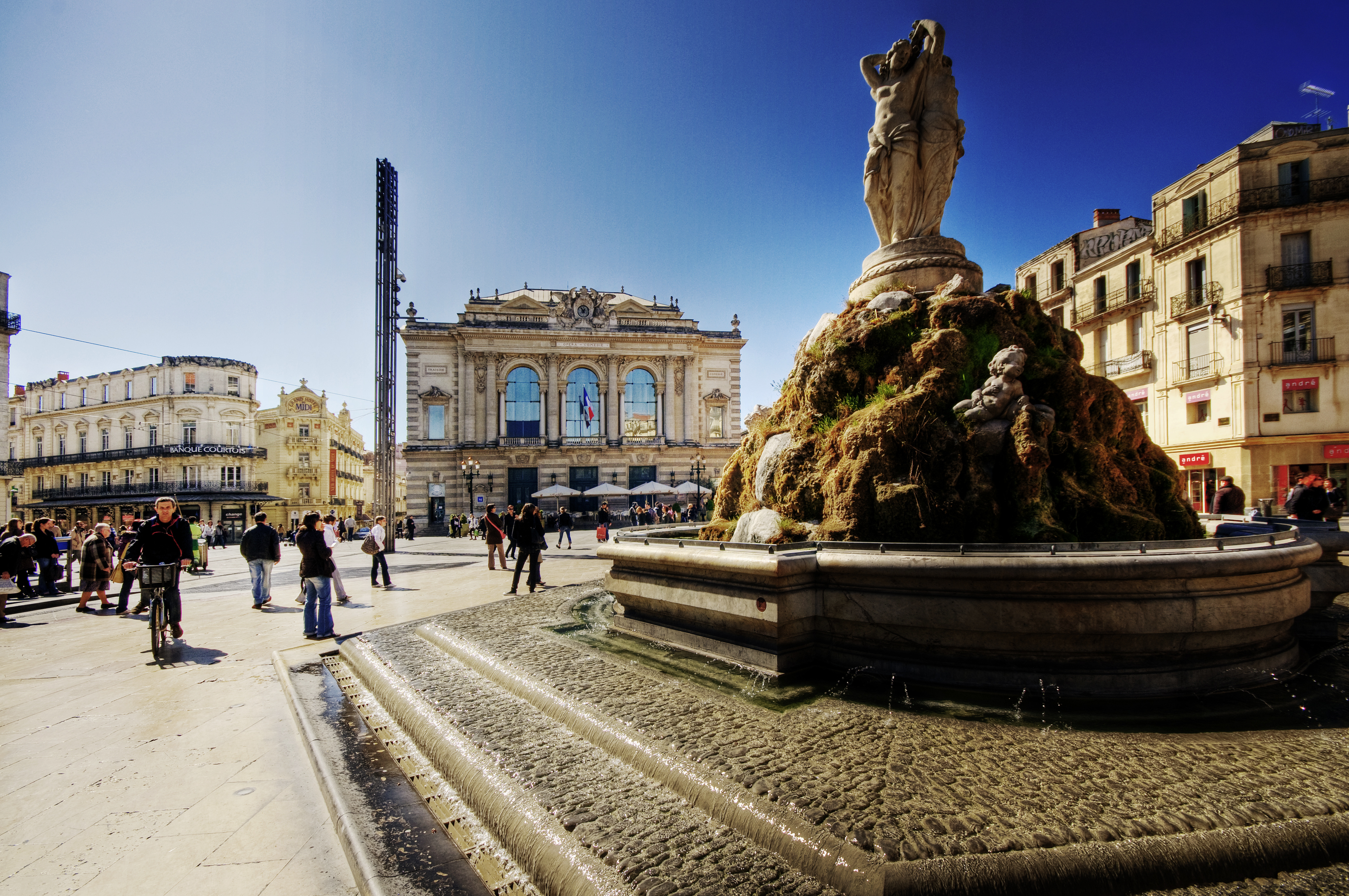Rencontre 2018 du GdR de Topologie Algébrique
We'd like to thank everyone for their participation, especially speakers for sharing their results and giving wonderful talks.
Some slides of talks are available at the bottom of this page.
For those who still have to send Carmela or me some documents, please do it asap.
La rencontre annuelle du GdR Topologie Algébrique et Applications aura lieu à l'université de Montpellier, du 23 au 26 octobre 2018.
- La journée du mardi 23 octobre sera consacrée à des exposés introductifs de jeunes chercheurs, sur le thème du mini-cours.
- Le programme scientifique principal de la rencontre débutera le mercredi 24 octobre et se terminera le vendredi 26 octobre à 16h00.
Minicours
Karen Vogtmann (Cornell University and the University of Warwick) donnera un mini-cours intitulé
Automorphism groups of free groups and Outer space
Conférenciers invités
Adrien Brochier (Université Paris Diderot)
Bérénice Delcroix-Oger (Université Paris Diderot)
Eric Finster (INRIA Rennes)
Jean-Baptiste Meilhan (Université Grenoble Alpes)
Angélica Osorno (Reed College)
Markus Szymik (NTNU)
Antoine Touzé (Université Lille 1)
Exposés sur proposition
Marco Armenta (CIMAT)
Rachael Boyd (NTNU)
Sylvain Douteau (Université de Picardie)
Matthieu Faitg (Université de Montpellier)
Brice Le Grignou (Universiteit Utrecht)
Maxime Lucas (INRIA)
Hélène Pérennou (Université de Nantes)
Organisation
Organisateurs locaux IMAG: Stéphane Baseilhac, Damien Calaque, Ricardo Campos, Clément Dupont, Hoel Queffelec
Comité Scientifique : Damien Calaque (Montpellier), David Chataur (Amiens, responsable du GdR), Muriel Livernet (IMJ-PRG), Nicolas Tabareau (Inria), Christine Vespa (Strasbourg)
Secrétariat : Carmela Madonia
Partenaires
Sponsors




